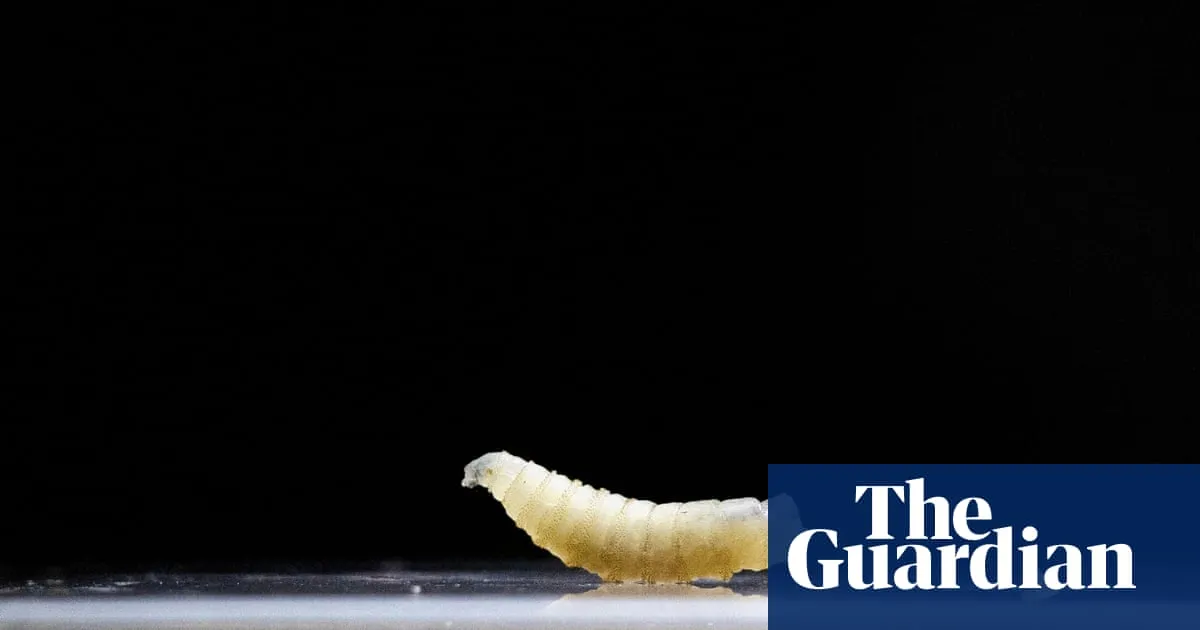
On Sunday, the US Department of Health and Human Services (HHS) reported the first confirmed human case of the travel-associated New World screwworm, a dangerous flesh-eating parasite, in the United States. This case was identified following travel from an outbreak-affected country, specifically involving a patient who had recently returned from El Salvador. The confirmation came from the Centers for Disease Control and Prevention (CDC) on August 4, as communicated by HHS spokesperson Andrew G Nixon in an email to Reuters.
Earlier reports by Reuters indicated that industry sources within the beef sector mentioned a confirmed case of New World screwworm involving a traveler from Guatemala. Nixon did not clarify the conflicting information regarding the source of the human case. Despite the uncertainties, he reassured that “the risk to public health in the United States from this introduction is very low.”
To date, the US government has not reported any confirmed cases of New World screwworm in animals this year. However, these conflicting reports from government and industry sources have raised concerns among cattle ranchers, beef producers, and livestock traders, who are already on high alert due to the potential for screwworm infestations as the parasite spreads northward from Central America and southern Mexico.
The confirmation of a human case comes shortly after US Department of Agriculture (USDA) Secretary Brooke Rollins visited Texas to announce plans for the establishment of a sterile fly facility aimed at combating this pest. The USDA estimates that a potential screwworm outbreak could cost the Texas economy, the largest cattle-producing state in the US, approximately $1.8 billion in livestock losses, labor costs, and medication expenses.
Emails sent by an executive from the Beef Alliance highlighted the urgency of the situation, informing contacts in the livestock and beef sectors about the confirmed human case in Maryland. These communications stated that the CDC had confirmed the case linked to travel from Guatemala. Meanwhile, Beth Thompson, the state veterinarian for South Dakota, noted that she was made aware of the case in Maryland through informal channels rather than official communications from the CDC.
The screwworm is a parasitic fly known for laying its eggs in the wounds of warm-blooded animals. Once the eggs hatch, the larvae consume the living flesh, posing a significant threat to both livestock and wildlife. If left untreated, infestations can be fatal. The larvae's feeding mechanism is likened to a screw being driven into wood, which is how they acquired their name. Although screwworm infestations in humans are rare, they can be severe and require rigorous treatment, including the removal of larvae and thorough wound disinfection.
Due to patient privacy laws, limited details are available regarding the individual affected by the New World screwworm. However, it has been confirmed that the individual was treated, and preventive measures have been implemented in Maryland. In light of the ongoing concerns, a livestock economist from Texas A&M University was tasked with preparing a report on the economic impacts of the border closures to Mexican cattle, which have been largely enforced since November to prevent the introduction of screwworms into the United States.
The CDC is required to report any positive cases of New World screwworm to both state health officials and the state veterinarian in Maryland. This protocol was reiterated in communications among agricultural stakeholders, emphasizing the importance of awareness in mitigating market impacts.
As the agricultural community continues to monitor the situation closely, industry representatives remain hopeful that limited public awareness will reduce the likelihood of market disruptions related to this confirmed case.
For further information on New World screwworm and its implications, stay tuned for updates from reliable sources.